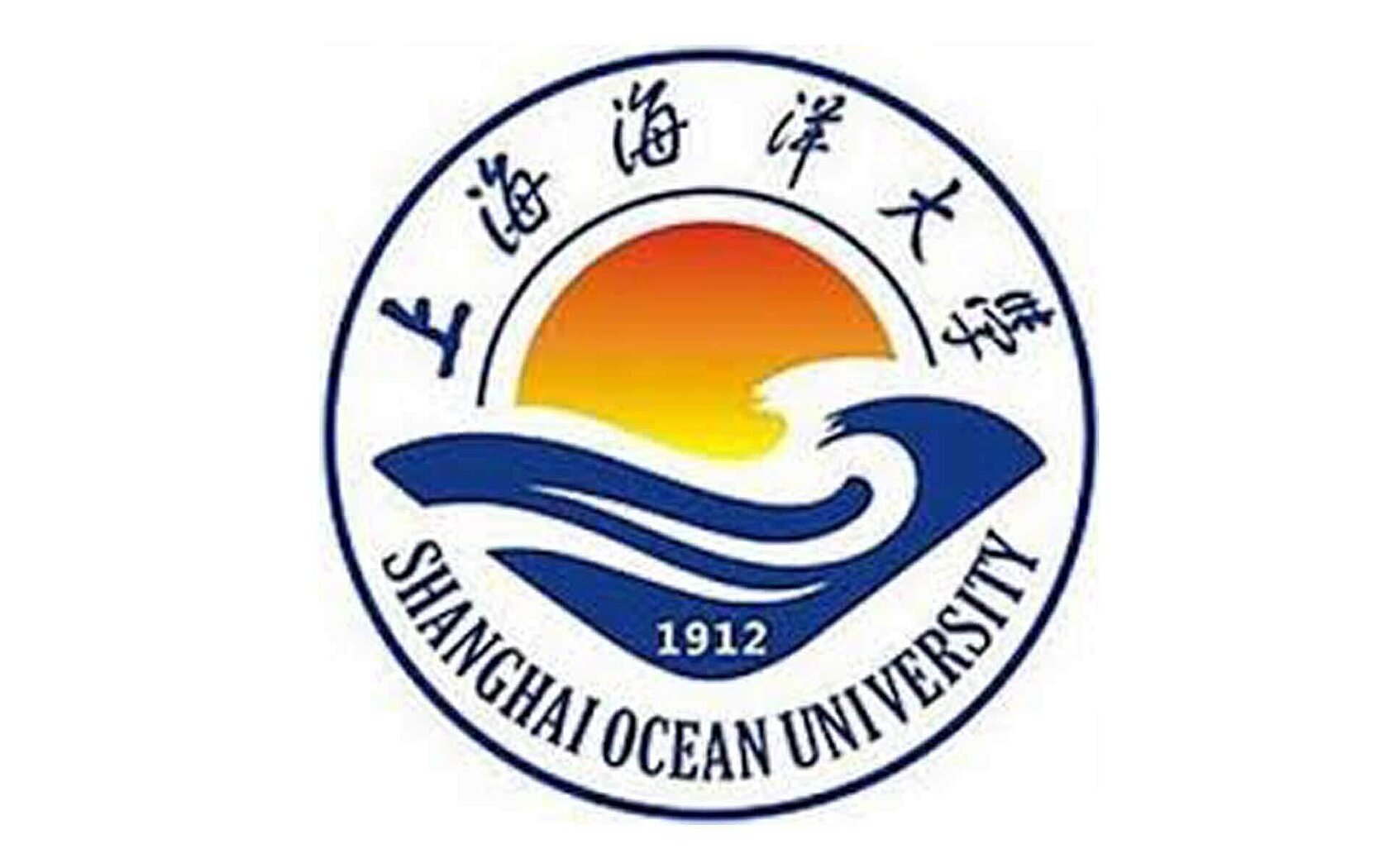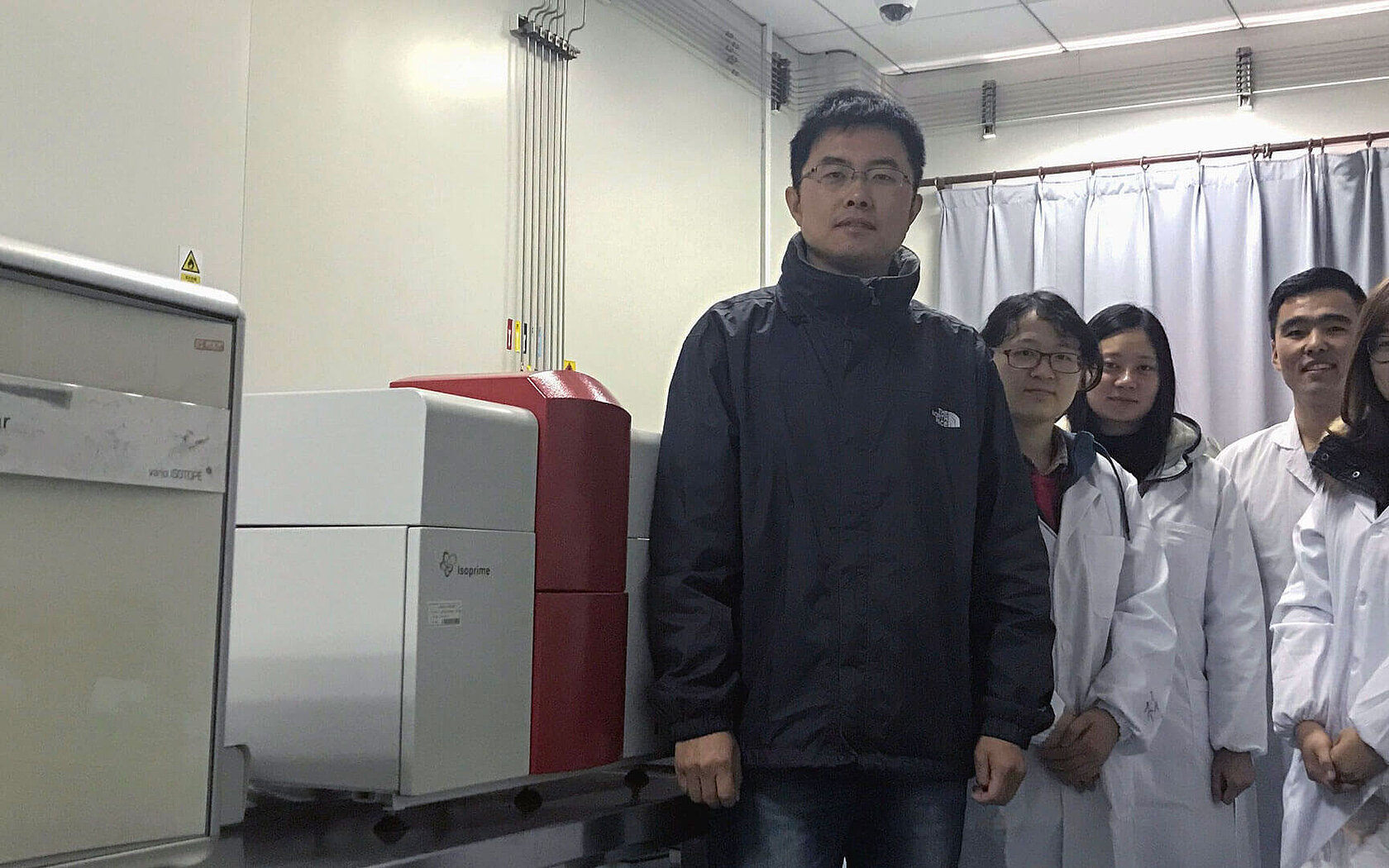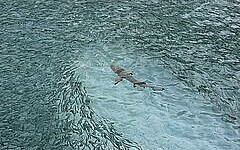The Shanghai Ocean University is using an IsoPrime100 IRMS to elucidate the complex ecology of marine species
Prof Li Yunkai is a professor at the Center for International Marine Studies and the College of Marine Sciences at Shanghai Ocean University (SHOU), China. His research utilizes stable isotope analysis to elucidate the complex ecology of marine species. Prof Li leads the Trophic Ecology Laboratory at SHOU which has utilized Elementar IRMS instrumentation to provide interesting new insight into the life of sharks.

Sharks are a diverse group of mobile predators that can be found across a broad range of habitats and are influential across numerous food webs. Recently, global shark populations have reportedly been declining due to fishing pressures and habitat degradation. Prof Li has been part of a study [1] which has sought to understand the global impact of these changes in shark ecology using 13C stable isotope analysis. Because some shark species can forage thousands of kilometers over months and years, it is impossible to directly observe a certain shark’s behaviour, thus stable isotope analysis is a crucial tool to understand shark trophic geography. As a result, better understanding of these elusive creatures can aid the creation of Marine Protected Areas to protect their habitats and possibly halt the continuing decline in shark populations.
In other work, Prof Li and his team have investigated the trophic relationship of tuna, sailfish and pelagic shark species in the Central Pacific Ocean using stable isotopes [2]. Although the stable isotopic data in this study suggested that the pelagic sharks shared similar prey and habitats with other pelagic predators, such as tuna and billfish, some of the shark species such as blue sharks and shortfin mako sharks did not show isotopic overlap with the other predators. These findings highlight the diverse roles of pelagic sharks, supporting previous findings that this species complex is not trophically redundant and so may help gain more awareness of the interactions of pelagic sharks.
Recently, Prof Li has also demonstrated the potential of using stable isotope and fatty acid analysis to trace the geographic origins of jumbo squid [3]. In Asian and European countries, squid is an important seafood resource and the traceability of where these squid were fished has become increasingly important. By combining 13C, 15N and fatty acid analysis using step-wise discriminant analysis (SDA) it was shown to be possible to discriminate between jumbo squid caught in three different harvest locations in the Pacific Ocean.
Prof Li believes that the use of stable isotope analyses will continue to have a profound impact on marine science:
The application of stable isotope techniques in the marine sciences will be two-fold. On the micro scale, stable isotopes will be used to develop a more precise biological understanding at the molecular level through techniques such as compound specific isotope analysis. At the macro scale, stable isotope analysis is being used to understand large-scale ecosystem developments and the interplay of species with one another and their environments.
As these techniques develop further, Prof Li believes that Elementar are well placed to aid future research:
The development of innovative new instrumentation by Elementar closely follows the new applications of stable isotopes in marine ecology. Their range of sample preparation systems are technically excellent and the ease of maintenance of these systems ensures that our laboratory is able to conduct world-class research.
About Shanghai Ocean University
The origin of SHOU can be traced back to Jiangsu Provincial Fisheries School founded in 1912 and is one of the earliest fisheries schools in China. Today, it has grown into a multi-disciplinary university featuring disciplines such as marine science, fishery and food science as well as coordinated disciplines such as agriculture, science, engineering, economics, arts, management and law.
Instrumentation installed: | IsoPrime100 IRMS (legacy instrument, successor: isoprime precisION) |
Address: | Shanghai Ocean University |
Contact details: | Email: ykli@shou.edu.cn Phone: +(086) 021 619 00 304 |
References: | [1] C. Bird et al. 2018. A global perspective on the trophic geography of sharks. Nature Ecology & Evolution, doi.org/10.1038/s41559-017-0432-z [2] Yi Gong et al. 2018. Potential use of stable isotope and fatty acid analyses for traceability of geographic origins of jumbo squid (Dosidicus gigas). Rapid Communications in Mass Spectrometry, DOI.ORG/10.1002/RCM.8071 [3] Yunkai Li et al. 2016. Trophic interactions among pelagic sharks and large predatory teleosts in the northeast central Pacific. Journal of Experimental Marine Biology and Ecology, 483: 97-103 |
Prof Li publications: | (1) Li Y, Gong Y, Zhang Y, Chen X. 2017. Inter-annual variability in trophic patterns of jumbo squid (Dosidicus gigas) off the Exclusive Economic Zone of Peru, implications from stable isotope values in gladius. Fisheries Research, 187: 22-30. (2) Li Y, Zhang Y, Xu J, Zhang S. 2017. Spatial variations in food web structures with alternative stable states: evidence from stable isotope analysis in a large eutrophic lake. Chinese Journal of Oceanology and Limnology. (3) Li Y, Zhang Y, Dai X. 2016. Trophic interactions among pelagic sharks and large predatory teleosts in the northeast central Pacific. Journal of Experimental Marine Biology and Ecology, 483: 97-103. (4) Li Y, Hussey N, Zhang Y. 2016. Quantifying ontogenetic stable isotope variation between dermis and muscle tissue of two pelagic sharks. Aquatic Biology, 25: 53-60. (5) Li Y, Zhang Y, Hussey N, Dai X. 2016. Urea and lipid extraction treatment effects on δ15N and δ13C values in pelagic sharks. Rapid Communication in Mass Spectrometry, 30 (1): 1-8. (6) Li Y, Zhang M. 2015. Ontogenetic changes in isotopic signatures of an omnivorous fish (Cultrichthys erythropterus) in East Lake Taihu, China. Journal of Oceanology and Limnology, 33(3): 725-731. (7) Li Y, Gong Y, Chen X, Dai X, Zhu J. 2014. Trophic ecology of sharks in the mid-east Pacific Ocean inferred from stable isotopes. Journal of Ocean University of China, 13(2): 278-282. |




